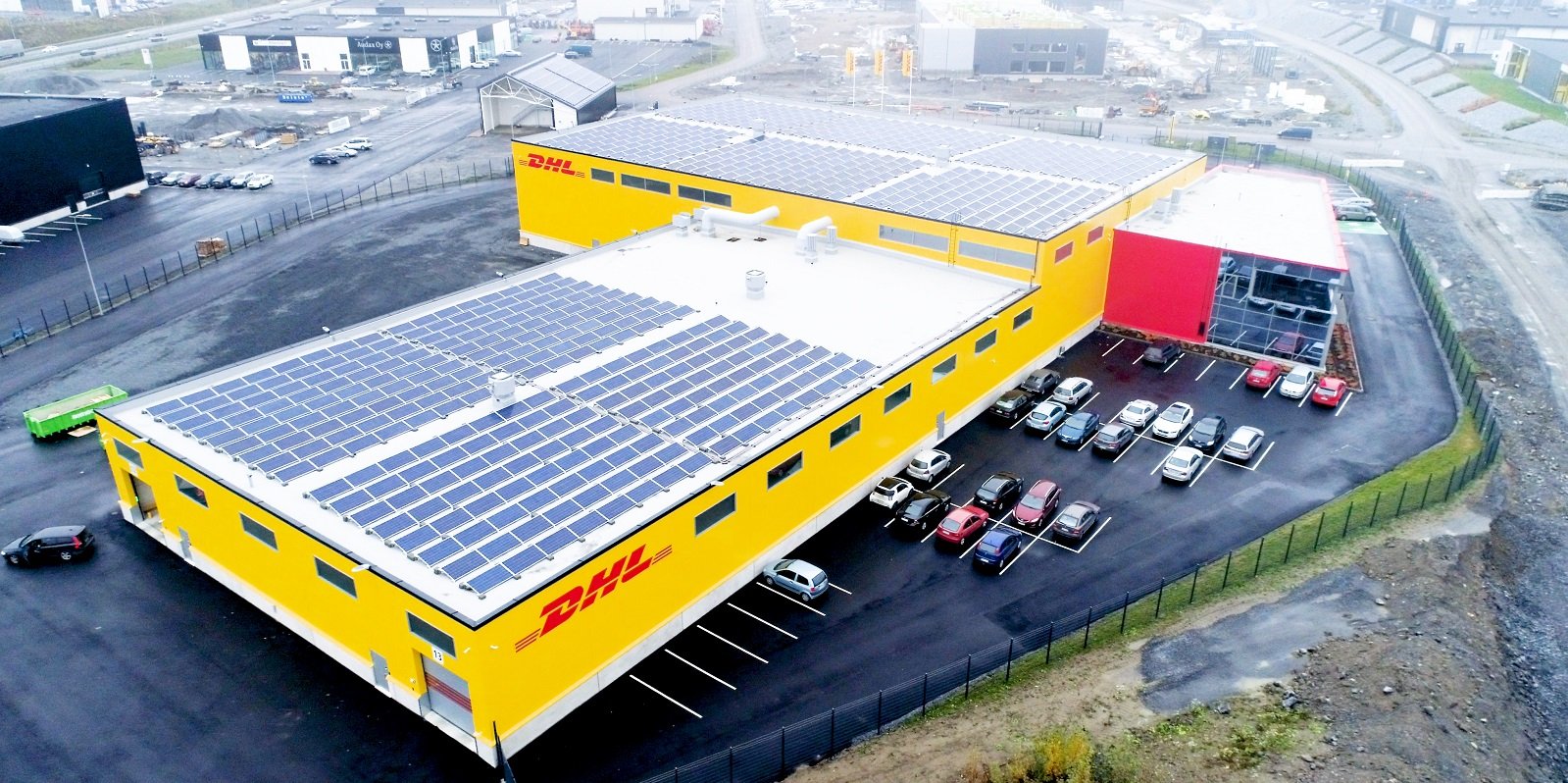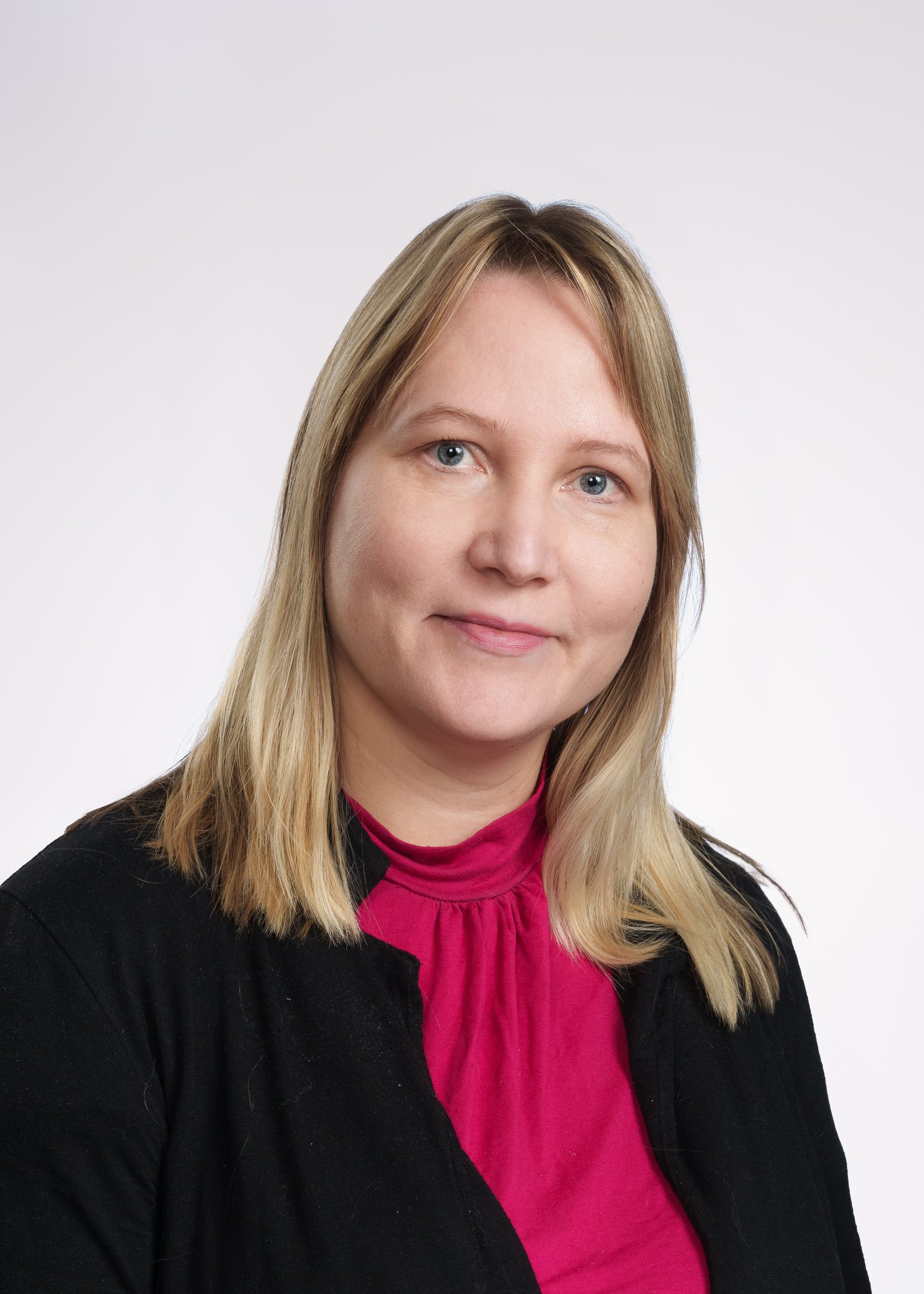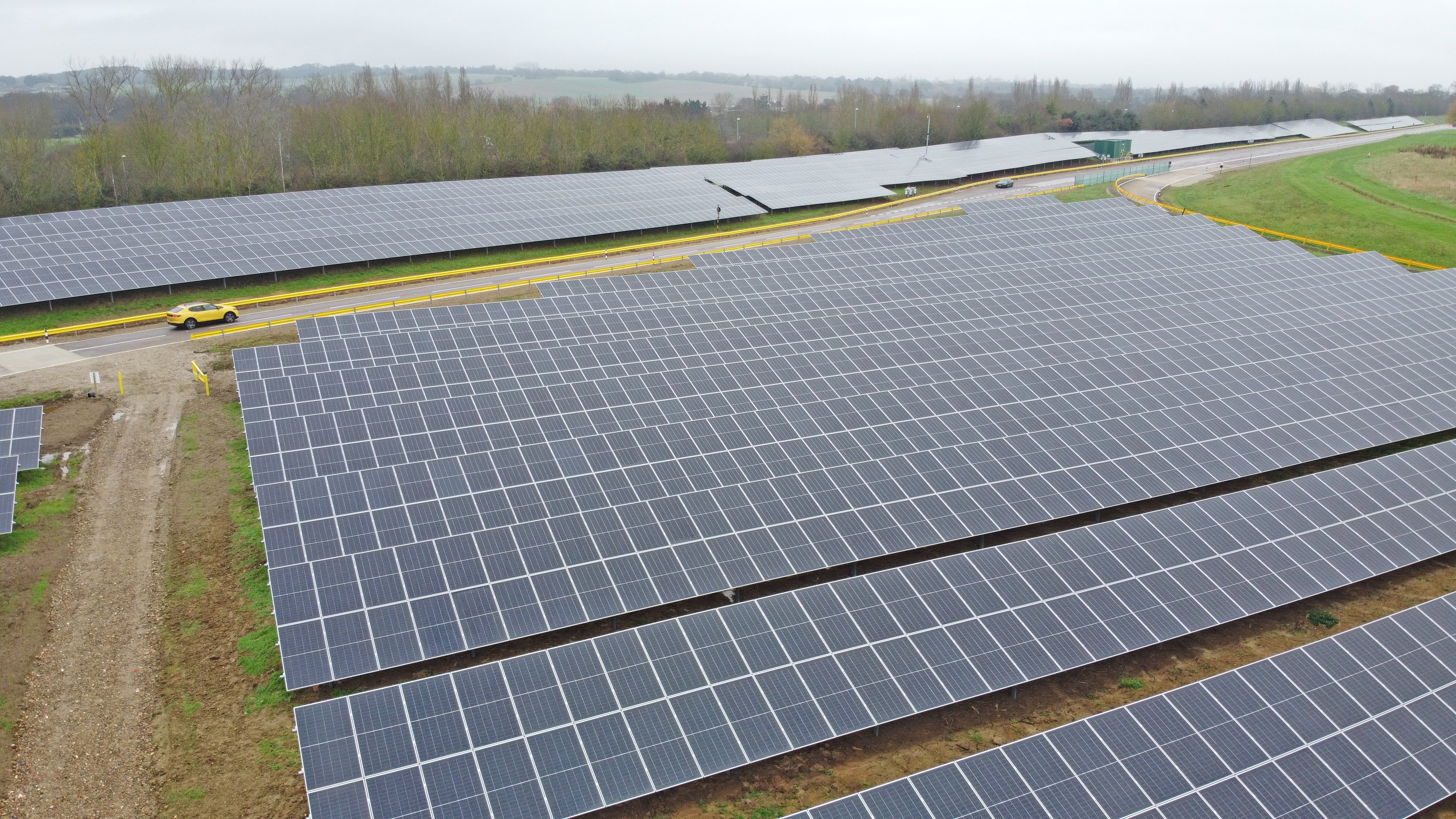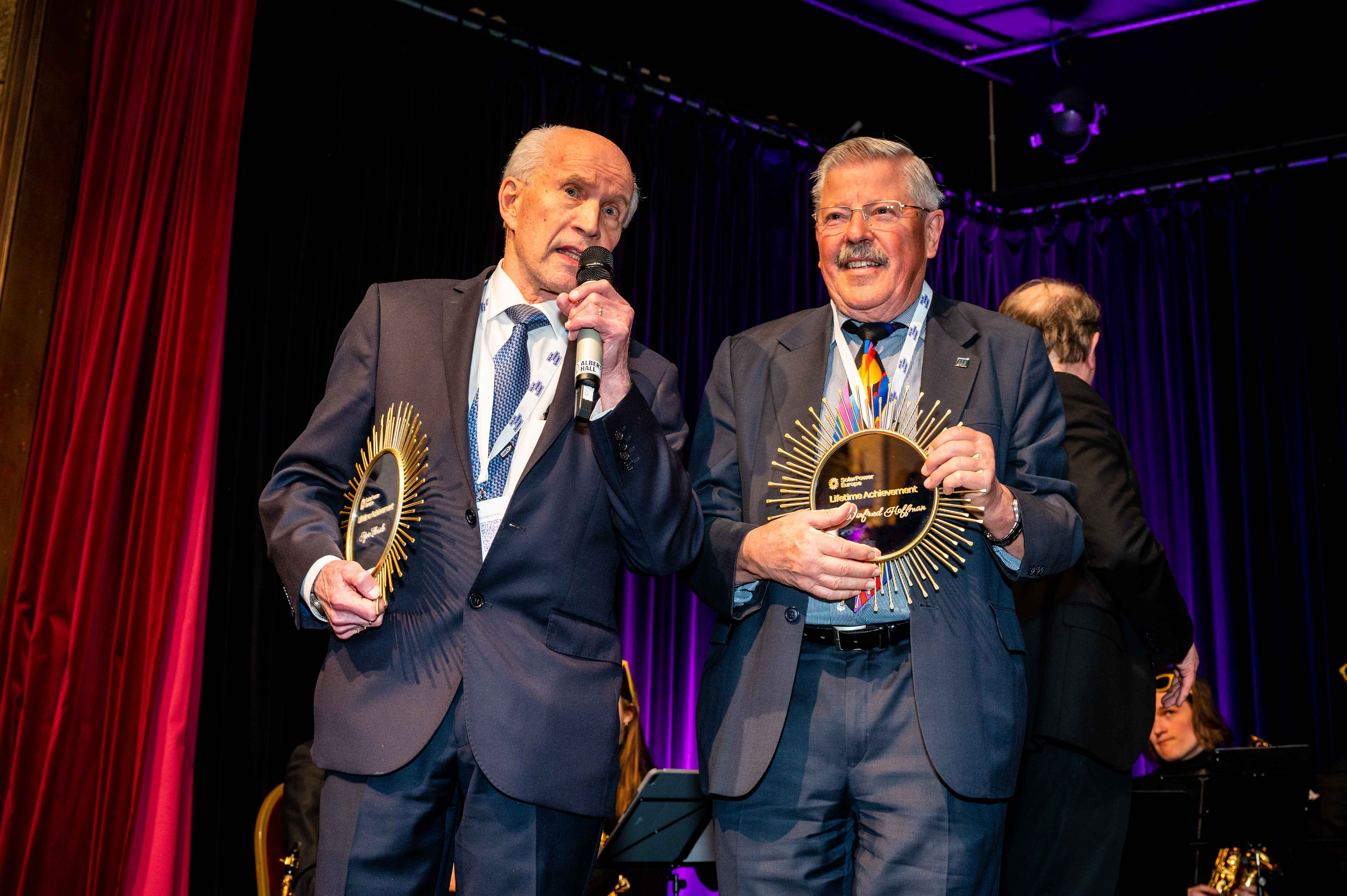With the global focus on renewable energy intensifying, governments around the world are implementing policies to reduce carbon emissions and combat climate change.
The energy crisis in Europe sparked by Russia’s invasion of Ukraine and the resulting demand for energy security has strengthened the continent’s focus on solar power and the EU has responded with a Solar Strategy which includes a plan to establish a home-grown supply chain for solar manufacturing in the bloc.
Compared to the Inflation Reduction Act (IRA) signed into law by Joe Biden's administration in the United States, however, the EU's approach appears to be slow and lacking in clarity. In this blog post, I will explore the EU's renewable energy policy response, specifically its emphasis on solar manufacturing, and evaluate whether Brussels is doing enough to establish a European solar supply chain.
Cluttered and complex
The IRA was launched in August last year and the EU response was only announced seven months later, in February, since when, the latter has slowly moved towards implementation. While the IRA primarily utilizes tax incentives as its main instrument, the EU's approach, known as the Net-Zero Industry Act, focuses on several areas including easier regulation, faster access to financial support, and fair and open trade. Upon closer examination, however, it becomes evident that the EU's plan lacks specificity on how its grand objectives will be achieved. The act sets ambitious targets and goals but fails to outline clear and simplified regulation or immediate incentives for manufacturers.
What is needed?
To establish a European solar supply chain, EU policymakers must prioritize the development of simple and easily accessible instruments that provide tangible advantages for manufacturers based in the EU. The current policy instruments suggested, such as better access to public government tenders, will not be sufficient to attract manufacturers to the region. Clear financial incentives, decoupled from restrictive conditions, could be a significant motivator for manufacturers to stay, or settle in the EU. These incentives could include tax incentives, low-interest loans, grants, equity instruments, subsidized land purchases, and infrastructure commitments. The recent announcement of Meyer Burger deciding to built their new cell factory in Colorado instead of Saxony-Anhalt is proof that the IRA is more attractive than the EU’s approach – the firm openly admits that the 1.4 billion USD tax incentives were a key decision maker.
Show me the money!
In addition to creating effective policy instruments, EU legislators must ensure that sufficient funds are available to implement their initiatives. The current lack of clarity in the financing of the renewable energy plan creates uncertainty and hinders market confidence. It is imperative that the EU engages in transparent discussions regarding the financing of its renewable energy goals, to provide a stable and predictable investment environment. This will instill confidence among manufacturers and help attract the necessary funding for the establishment of a robust European solar supply chain.
Solar hotspots
Determining the hottest markets for solar in Europe over the next five years requires the consideration of various factors, such as political support, solar capacity targets, and electric demand. Germany, with its revived solar capacity targets, is expected to remain highly attractive for solar investments. Countries such as the Netherlands, France, and Poland are also demonstrating strong political backing for renewable energy. In terms of added capacity and favorable electric demand, Spain and Italy are likely to be the next most prominent solar markets in Europe.
Challenges
Despite the positive outlook for solar energy in Europe, the industry faces several challenges that must be addressed. Firstly, project developers often demand exorbitant prices for project rights, leading to unprofitable projects due to increased finance costs and, high equipment prices. This misalignment between project expectations and market realities impedes the implementation of solar projects.
Furthermore, the industry faces a shortage of qualified staff along the entire value chain. This scarcity of talent hampers market growth as companies struggle to meet the demands of expanding markets. Additionally, some companies that experienced rapid growth during the solar boom may face downsizing or failure if planned projects and revenues do not materialize as expected. Even if the future of solar looks bright, these challenges still need to be overcome. The EU and member state governments could do more to help tackle these challenges. The recently revised migration laws in Germany might be a good signal for foreign talent to join the ever growing renewable energy industry.
EU vs IRA
The EU's renewable energy policy response, particularly its focus on establishing a European solar manufacturing supply chain, falls short when compared to the IRA. The bloc needs to move faster and demonstrate greater ambition to establish a strong and competitive European supply chain for solar manufacturing. The European Commission, parliament and Council of Ministers must finally get going, instead of just talking.
This article was originally published in the PV Magazine.
About the author: Martin Baart co-founded Berlin-based emerging-market commercial and industrial solar finance company Ecoligo in 2015. The company has channelled more than €37 million of retail investor capital into markets including Kenya, Ghana, Costa Rica, Chile, Thailand, the Phillipines and Vietnam. He is a qualified electronics technician with a BEE from Trier University of Applied Science, MBE from Steinbeis University in Berlin, and a GEMBA from IE business school in Madrid. Martin is a board member of Amsterdam-based B2B solar and energy storage provider Solnet Group.




